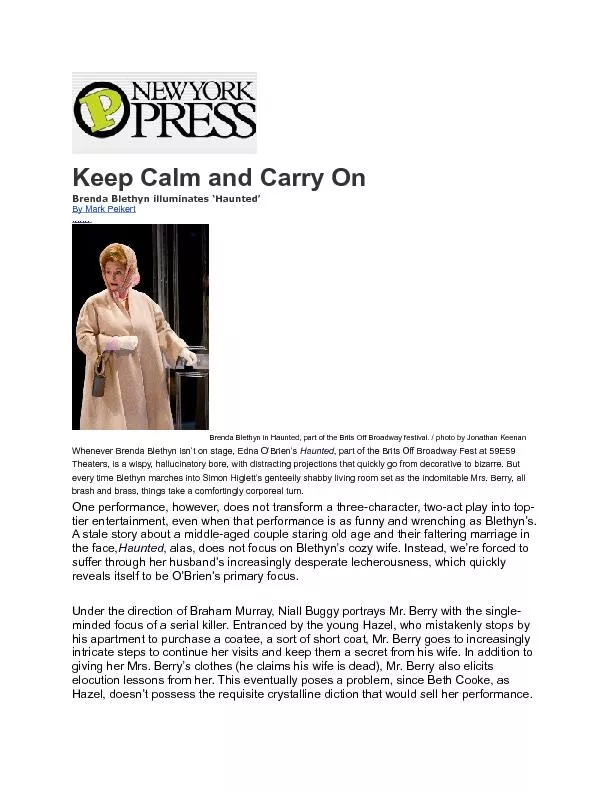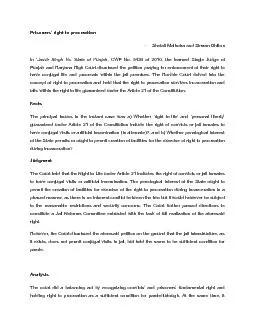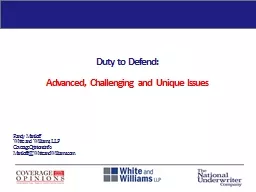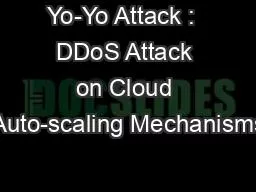PDF-How to Attack or Defend Comparable Sales: Condemnee’s Perspecti
Author : stefany-barnette | Published Date : 2016-05-21
1 By Christian F Torgrimson Elizabeth R Story Pursley Friese Torgrimson Atlanta Georgia The Comparable Sales approach requires an appraiser to search for similar
Presentation Embed Code
Download Presentation
Download Presentation The PPT/PDF document "How to Attack or Defend Comparable Sales..." is the property of its rightful owner. Permission is granted to download and print the materials on this website for personal, non-commercial use only, and to display it on your personal computer provided you do not modify the materials and that you retain all copyright notices contained in the materials. By downloading content from our website, you accept the terms of this agreement.
How to Attack or Defend Comparable Sales: Condemnee’s Perspecti: Transcript
Download Rules Of Document
"How to Attack or Defend Comparable Sales: Condemnee’s Perspecti"The content belongs to its owner. You may download and print it for personal use, without modification, and keep all copyright notices. By downloading, you agree to these terms.
Related Documents

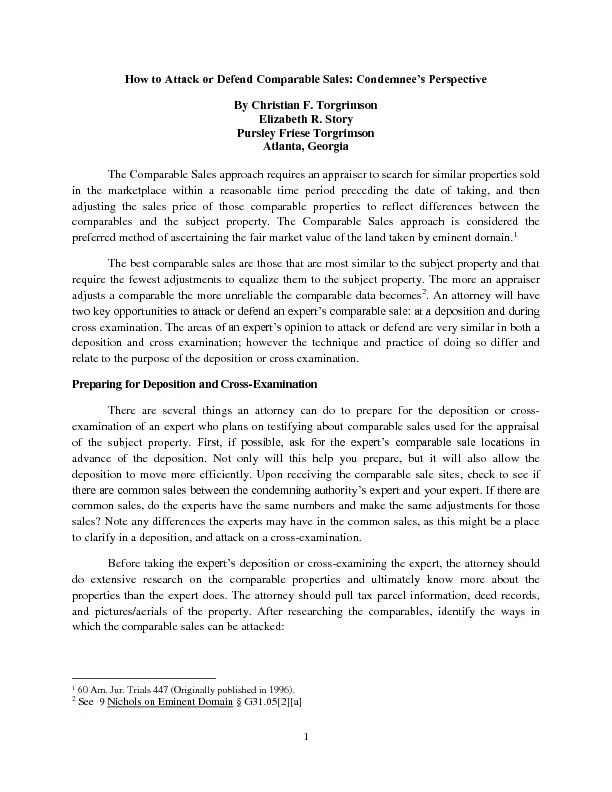
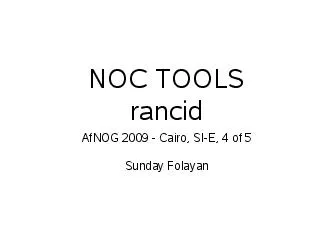

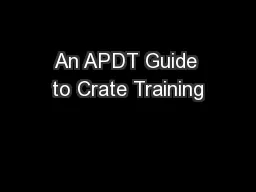

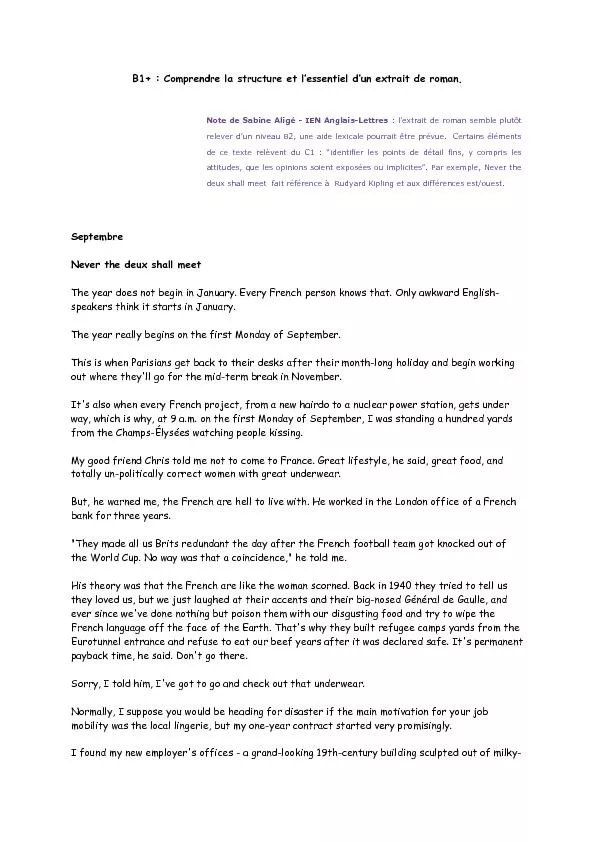
![1.1 245789ਈ346[484]i9o849[34r6g8[8bb4’z4l’](https://thumbs.docslides.com/371922/1-1-245789-x0a08-346-4-x0a0e-84-i9o849-34r6g8-8bb4-x2019.jpg)


